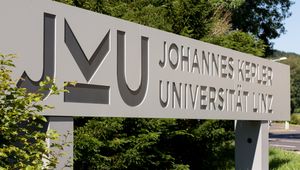JKU researchers at the School of Education conducted a study at Austria’s schools to study the use and acceptance of educational technologies.

The study's target group consisted of math educators currently teaching a class during this school year at middle schools, and at general secondary schools (AHS), equipped with digital devices as outlined by the Austrian Federal Ministry of Education, Science & Research’s (BMBWF) 8-Point Plan. Over 1,200 secondary level 1 math teachers took part in the nationwide study.
The study’s key findings:
- Math teachers consider digital devices to be useful tools in education and to increase productivity.
- Math teachers assume that using digital devices in the classroom will increase student involvement and motivation.
- Math teachers enjoy experimenting with new instructional and educational materials and technologies and do not hesitate to incorporate new technologies into the classroom.
- Math teachers overwhelmingly believe they have sufficient resources and the digital literacy required to utilize digital devices in the classroom.
- Almost all of the math teachers plan to use digital devices in the classroom in the near future.
The most widely used devices are the iPad (approximately 35% of teachers use this particular technology), and Windows Notebook (approximately 40% of teachers use this technology).
Robert Weinhandl, head of the study at the JKU's School of Education, remarked: "It is particularly interesting that a majority of math teachers think that digital devices are useful tools and that using them makes teaching easier."
Please refer to the JKU Study Results document for detailed results and graphics.
 Go to JKU Homepage
Go to JKU Homepage











